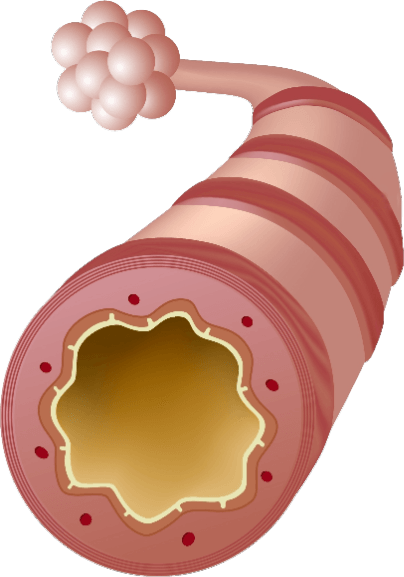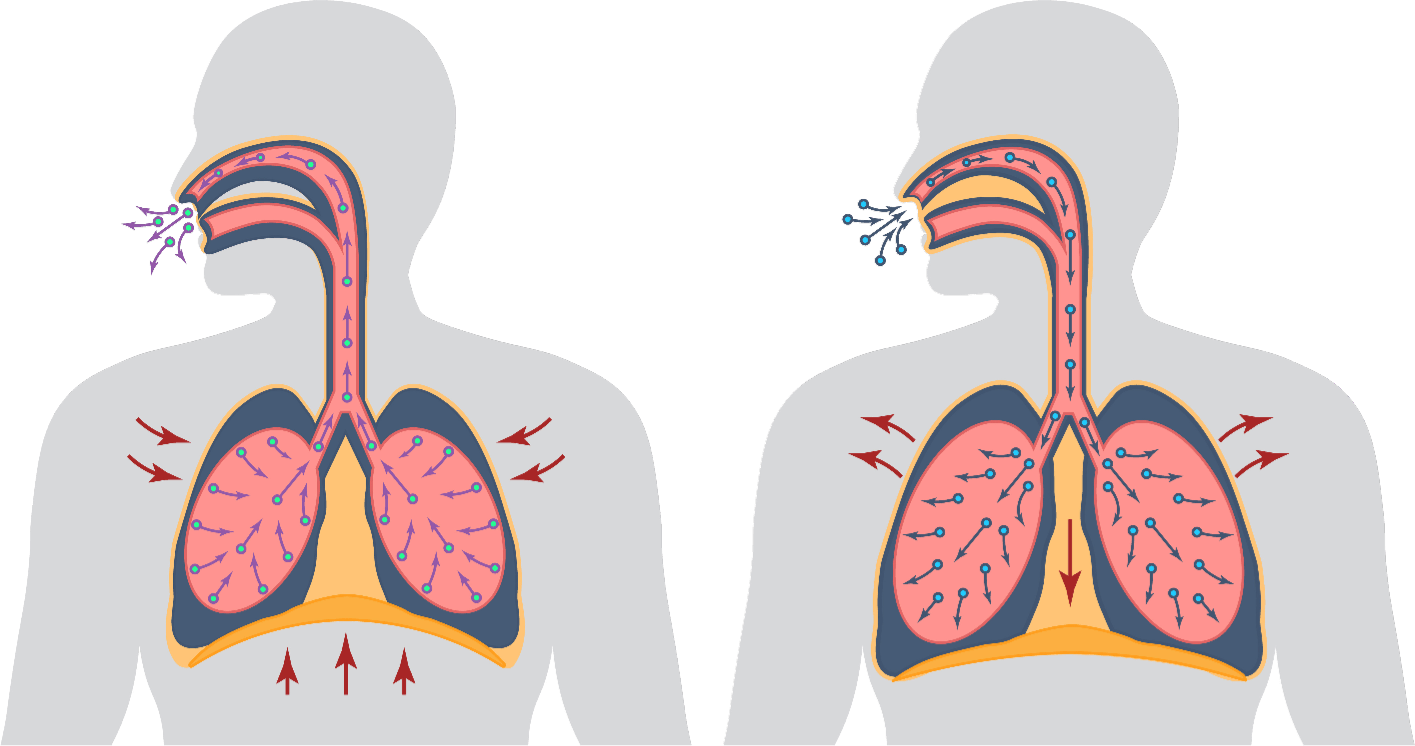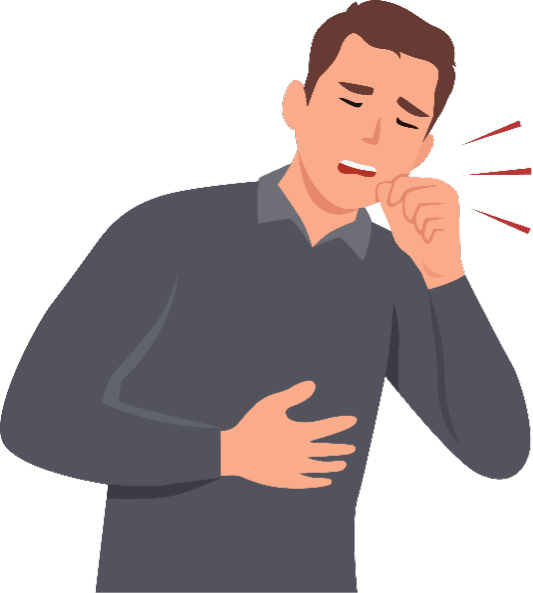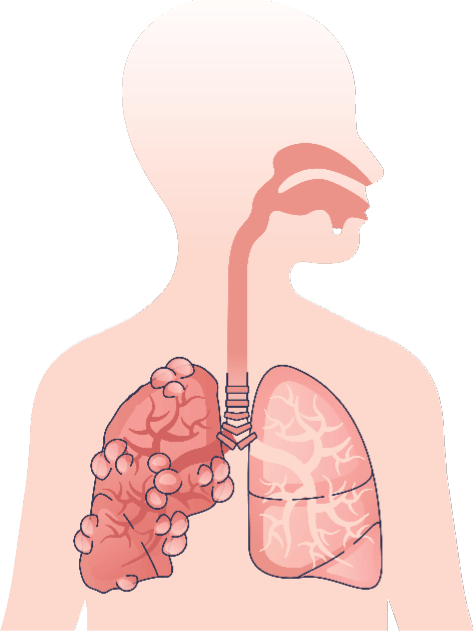THE HISTORY OF IVY LEAF
The History of Hedera Helix
Known commonly as English ivy, Hedera helix is a climbing evergreen plant indigenous to a vast expanse of Europe, as well as northern and central Asia. Of the at least 15 different types of ivy leaves, it is one of the more familiar plants to most people, being grown in gardens across the world.
Symbolism
Hedera helix has been associated with various symbolic meanings throughout history. Most often, it is seen as a symbol of friendship and fidelity. Most importantly, it is considered a symbol of eternal life due to its evergreen nature, even in winter, and its ability to bind and cling to surfaces.
Medicinal Uses
The ivy leaf has also served various purposes in traditional medicine, believed to have expectorant properties. Historically, Hedera helix has specifically found diverse applications, addressing medical matters ranging from digestive issues to general wound care. Presently, it is well-known as a natural remedy with firmly established medicinal properties.
ABOUT EA 575®
Not all ivy leaves are the same. Let's find more about the most studied Ivy leaf, EA 575®
EA 575® is not a typical ivy leaf extract.
Certain ivy leaf extracts are proven safe and effective in the treatment of respiratory diseases, but among them, EA 575® is the only ivy leaf extract that has been extensively studied and used for treatment1.
With over 65,000 patients having participated in clinical and post-marketing studies, EA 575® has demonstrated its high effectiveness and safety as an active ingredient.
DISCOVER EA 575®
The Most Studied Ivy Leaf Extract
Developed over 65 years ago
18 published clinical studies
Extensive global research involving 65,000+ participants
Learn more about its scientific research and health benefits
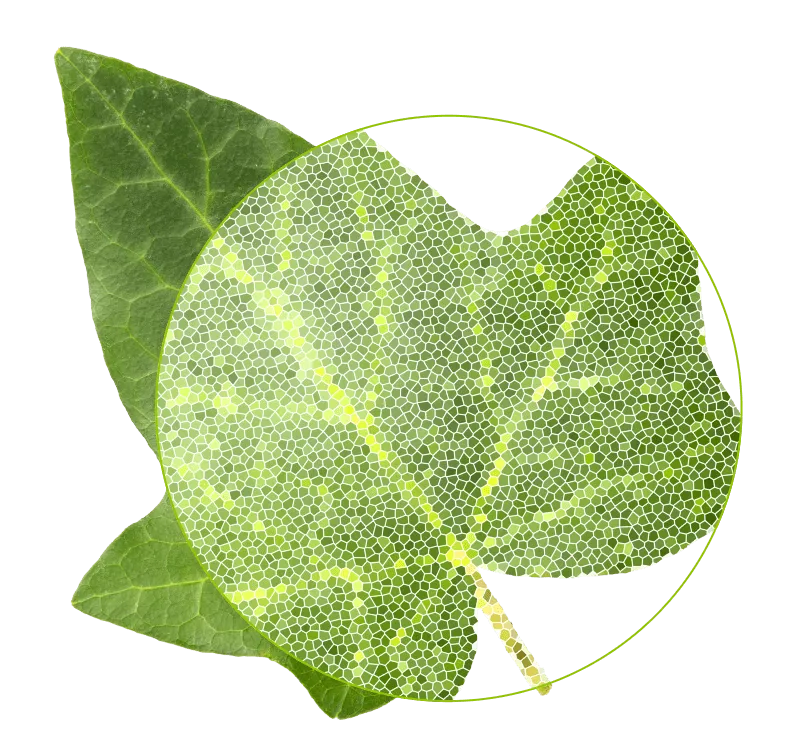
Comparison between EA 575® and other Ivy leaf extracts 2,3
- EA 575® Ivy Leaf Extracts
- Other Ivy Leaf Extracts
- Higher Reduction of Bronchitis Severity Score
- Reduction of Bronchitis Severity Score
- Excellent Tolerability
- High Tolerability
- Most Controlled Clinical Studies
- Fewer Controlled Clinical Studies
- Proved Effective for More Than 65,000 Patients
- Proved Effective for Smaller Sample Size
- Produced with a Patented Procedure
- Not Produced with a Patented Procedure
-
- Lang, C., Röttger-Lüer, P., & Staiger, C. (2015). A valuable option for the treatment of respiratory diseases: Review on the clinical evidence of the ivy leaves dry extract EA 575®. Planta Medica, 81(12/13), 968-974.https://doi.org/10.1055/s-0035-1545879
- Unkauf M, Friedrich M. Bronchitis bei Kindern – Klinische Studie mit Efeublätter-Trockenextrakt. Der Bayerische Internist 2000; 4: 1–4
- Cwientzek U, Ottillinger B, Arenberger P. Acute bronchitis therapy with ivy leaves extracts in a two-arm study. A double-blind, randomized study vs. an other ivy leaves extract. Phytomedicine 2011; 18: 1105– 1109
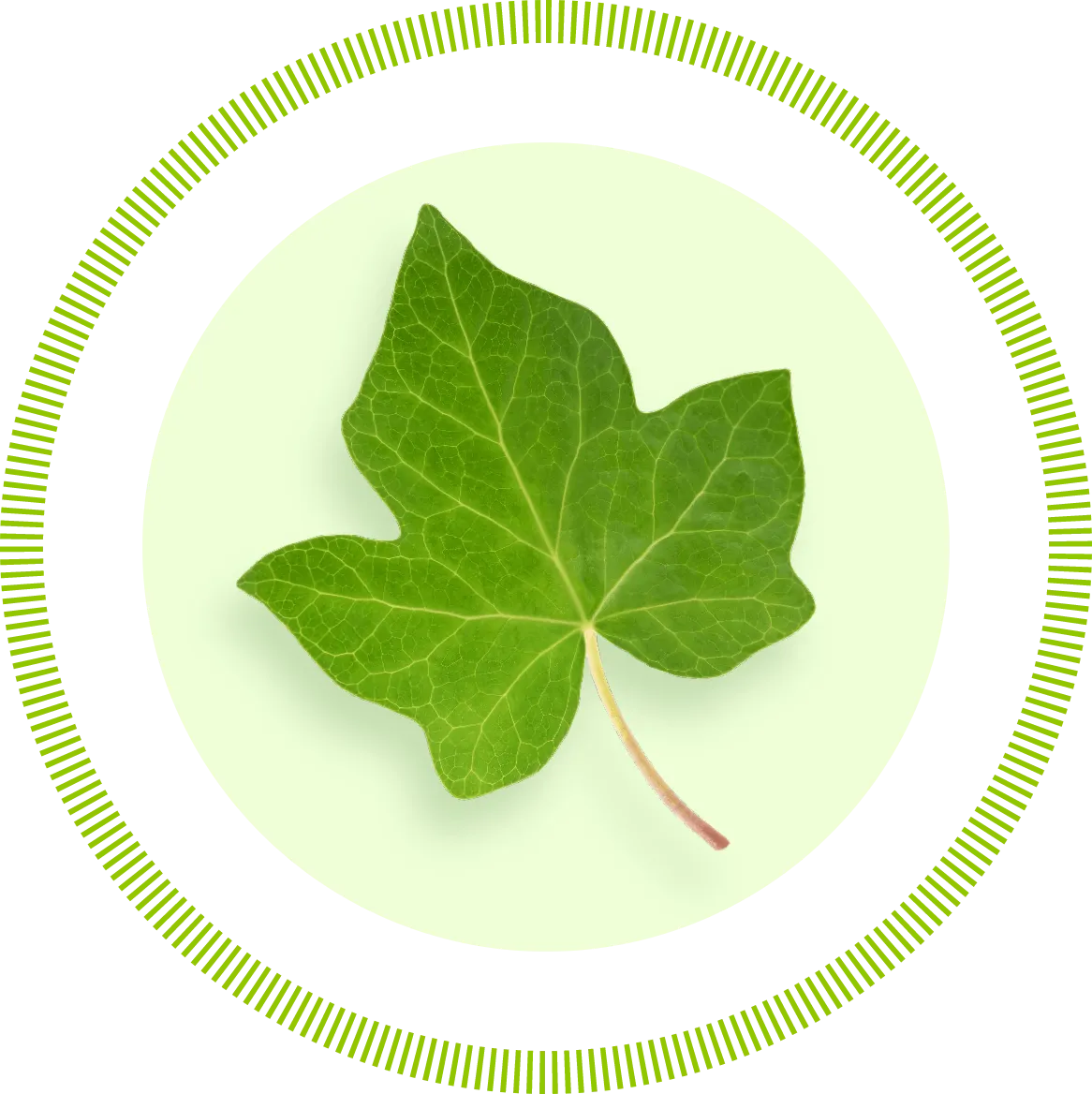
EA 575® IS BACKED BY SCIENCE
EA 575® ivy leaf extract is the very first natural ivy extract to obtain official Health Canada approval.
Also supported by an impressive array of 18 publications and involving a substantial studied population of over 65,000 patients4, this product stands as a reliable and evidence-based solution that improves respiratory function for patients.
MECHANISM OF ACTIONS (MOA)


EA 575® is also unique to help improve respiratory function in patients with bronchitis.
- The EA 575® is an active ingredient from natural ivy leaf which liquefies the sticky mucus trapped in the air passages of the lungs.
- It then acts as an expectorant, allowing the mucus to be coughed up more easily.
- As the air passages relax and widen, you are able to breathe better and more comfortably.


WHY EA 575® IS A HIGH-QUALITY PRODUCT
EA 575® is manufactured in Europe to the highest pharmaceutical standards, guaranteeing trusted quality in every bottle.
The production process of EA 575® is rigorous, with strict quality controls and extensive testing at every stage. This ensures a consistently high-quality product for every batch being produced, providing adults and children with the desired health outcomes demonstrated in clinical trials8.
- Plant genetics
- Plant age
- Part of plant used
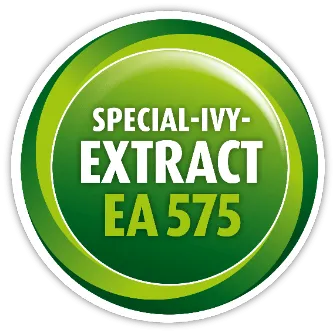
- Soil type & consistency
- Location & climate
- Growing time
- Harvesting time & method
- Drying & storage
- Extraction method
- Extraction solvent


